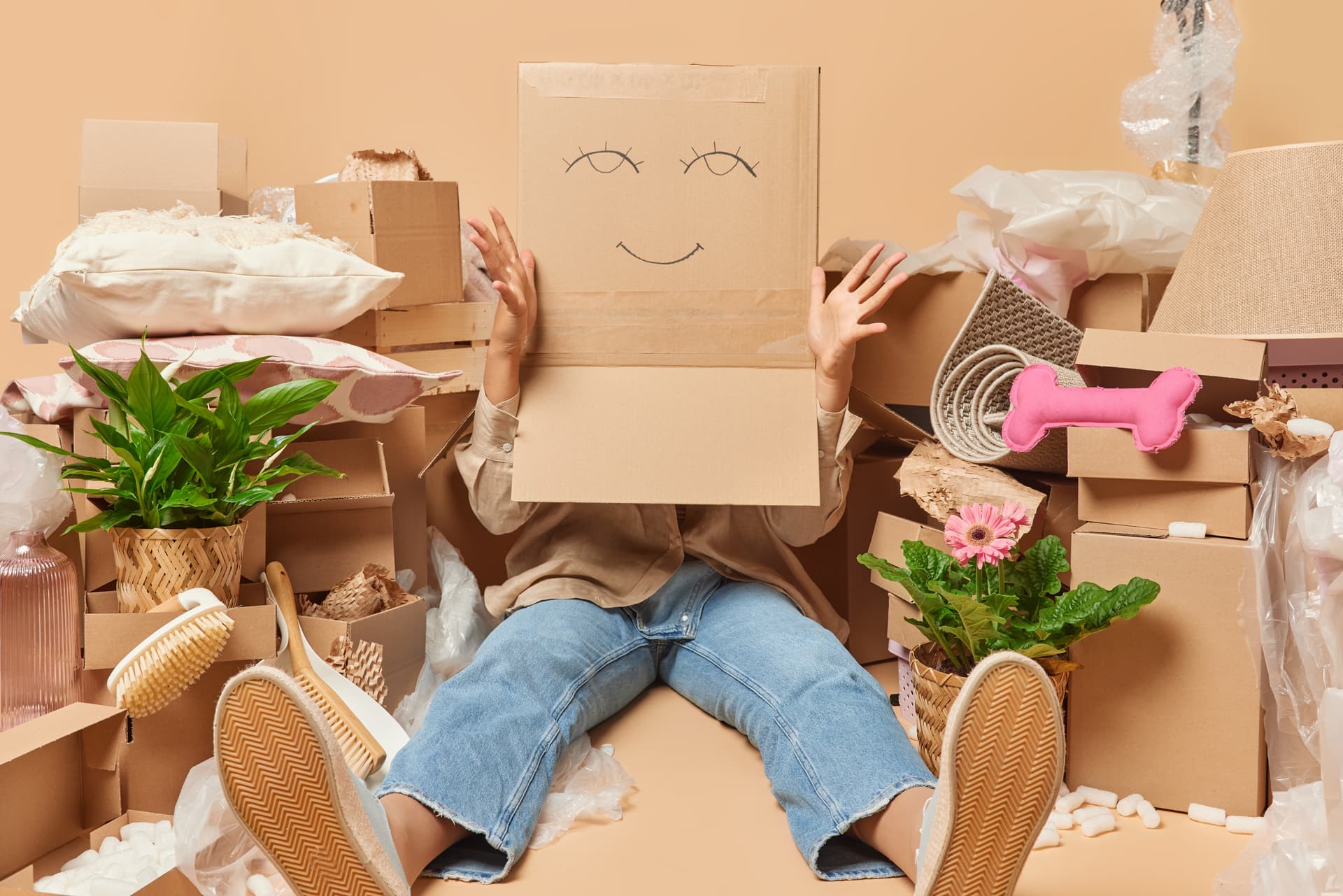- Home
- /Learning Hub
- /Blog
- /What Makes Cardboard Packaging Boxes Sustainable?
What Makes Cardboard Packaging Boxes Sustainable?

Cardboard packaging boxes are widely recognised as one of the most sustainable packaging choices available today, thanks to their eco-friendly properties and minimal environmental impact. One of the key reasons is that cardboard is made from renewable resources. Produced from wood pulp, which can be replanted and replenished, cardboard is a material that naturally supports regeneration. Many manufacturers, including us at Pakko, go a step further by using recycled paper to create custom cardboard boxes, reducing the need for virgin materials and helping preserve natural forests.
Recyclability is another factor that makes cardboard packaging such a smart and sustainable choice. Cardboard can be recycled multiple times without losing its strength or quality, making it a highly effective material within the circular economy. Recycling cardboard requires significantly less energy than producing new material, which means fewer greenhouse gas emissions and a smaller carbon footprint. For businesses looking to improve their sustainability efforts, this is a simple yet powerful way to make an impact.
Cardboard packaging is also biodegradable, which means it naturally breaks down in the environment without leaving behind harmful residues. Unlike plastics that can linger for hundreds of years, cardboard decomposes quickly and safely. This ensures that even if cardboard waste does end up in landfill or nature, it poses minimal long-term harm.
Together, these qualities make cardboard packaging a responsible and future-focused choice. By choosing eco-friendly packaging your business can reduce waste, lower energy use, and contribute to a cleaner planet. At Pakko, we are proud to support Australian businesses with sustainable packaging solutions that protect products, sustain the environment, and inspire customers.
